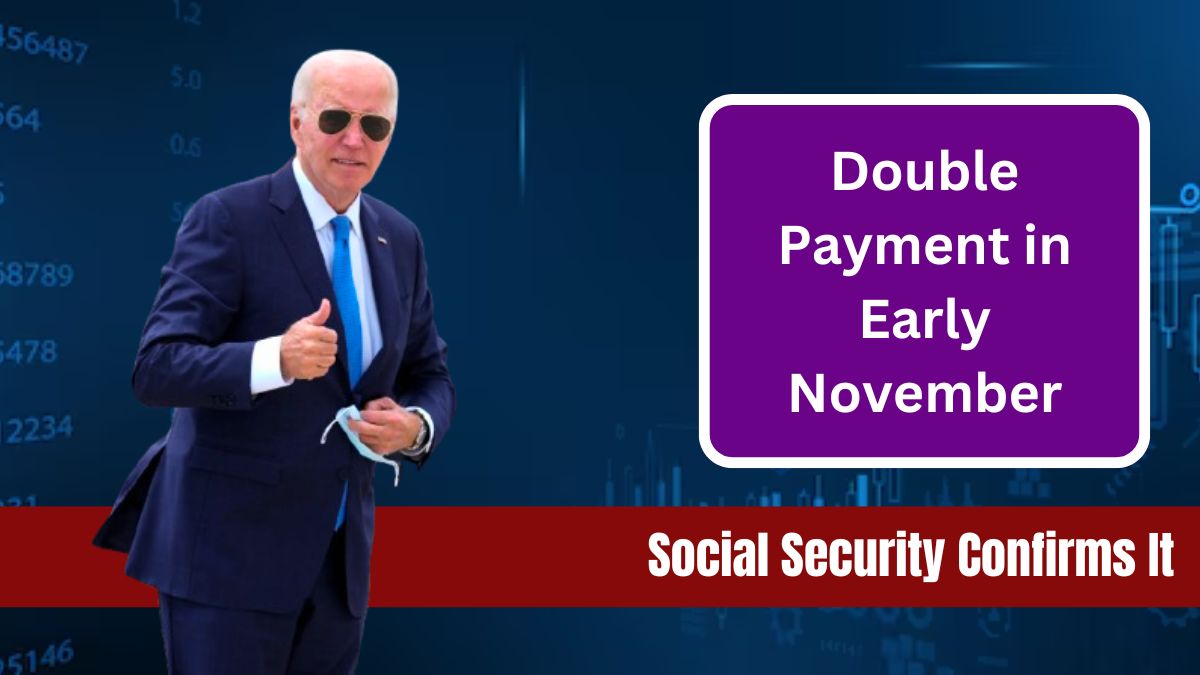November brings an unusual yet welcome development for some Social Security and Supplemental Security Income (SSI) recipients. This month, eligible individuals will receive two payments on the same day—November 1. However, it’s important to clarify that this is not an extra payment or bonus but rather a scheduling alignment that results in both SSI and Social Security payments being issued simultaneously.
Two Payments
Typically, SSI recipients receive their monthly payments on the first day of the month, while Social Security retirement and SSDI (Social Security Disability Insurance) payments are usually disbursed on the third. However, this November, both payments are scheduled for the same day—November 1. This means that those who qualify for both SSI and Social Security will receive their benefits earlier than expected.
Payment Schedule
| Payment Type | Usual Payment Date | November Payment Date |
|---|---|---|
| SSI | 1st of each month | November 1 |
| Social Security/SSDI | 3rd of each month | November 1 (Advance) |
This scheduling alignment ensures that recipients who qualify for both SSI and Social Security will receive their retirement or disability payment 48 hours earlier than usual. While this is not an additional payment, it provides beneficiaries with quicker access to their monthly funds, reducing the wait time compared to previous months.
Social Security Payments
SSI (Supplemental Security Income) is designed to provide financial assistance to low-income individuals who are elderly, blind, or disabled. The maximum payment amounts for November 1 are as follows:
| Category | Maximum Payment |
|---|---|
| Individuals | $943 |
| Eligible Married Couples | $1,415 |
The average SSI payment is around $698 for all recipients and $574 for those aged 65 and older. These amounts are intended to help cover basic needs such as food, shelter, and medical expenses.
SSDI Payment Details
Social Security retirement and SSDI payments vary based on an individual’s earnings history and the age at which they claim benefits. The average payments for November 1 are as follows:
| Category | Average Payment | Maximum Payment |
|---|---|---|
| Retirement Benefits | $1,920 | Up to $4,873 |
| SSDI (Disability Benefits) | $1,539 | Up to $3,822 |
Recipients who qualify for both SSI and Social Security receive SSI due to having low income and resources, which makes their retirement or SSDI payments insufficient to cover their living expenses.
Change Affect
For beneficiaries who receive both SSI and Social Security, this scheduling change means that they will receive their funds a couple of days early in November. Although this may provide some temporary financial relief, it does not impact the overall amount of money received in the month. It is simply a matter of timing.
Double Payment
Let’s consider a scenario where a recipient qualifies for both SSI and SSDI:
- SSI Payment on November 1: $943
- SSDI Payment (previously scheduled for November 3): $1,539
- Total Received on November 1: $2,482
While it might seem like an additional payment, the recipient is still receiving the same total amount they would in any other month—just earlier.
High Earners
It’s also worth noting that the highest Social Security payments are not typically available to individuals who qualify for both SSI and Social Security. High earners can receive up to $4,873 in retirement benefits and up to $3,822 in SSDI benefits. Those receiving SSI have lower overall income and resource levels, making them ineligible for these maximum benefits.
Important Points
- There is no extra payment or bonus: The two payments on November 1 result from a scheduling change and not an additional payout.
- Payment timing is the only change: Beneficiaries are still receiving the same monthly amount as they would in any other month, just earlier.
- High earners do not qualify for both SSI and maximum Social Security benefits: The highest Social Security payments are reserved for those with a higher earnings history.
Conclusion
While the November 1 scheduling change may come as a pleasant surprise for those who receive both SSI and Social Security, it is crucial to understand that this is not an increase in benefits or an additional payment. It’s simply a timing adjustment. For many recipients, the early payment can provide short-term relief, but it does not resolve the long-term financial challenges faced by many who rely on these benefits.
FAQs
Why are there two payments on November 1?
This is due to a scheduling change where both SSI and Social Security payments are issued on the same day.
Does this mean I’m getting an extra payment?
No, it’s not an extra payment. You’re receiving your regular monthly payments earlier.
What is the maximum SSI payment for November 1?
The maximum SSI payment for individuals is $943, and $1,415 for eligible married couples.
Will this change impact my total benefits for the month?
No, you will receive the same total amount for November as in any other month.
What is the average Social Security retirement payment?
The average Social Security retirement payment is $1,920 per month.











